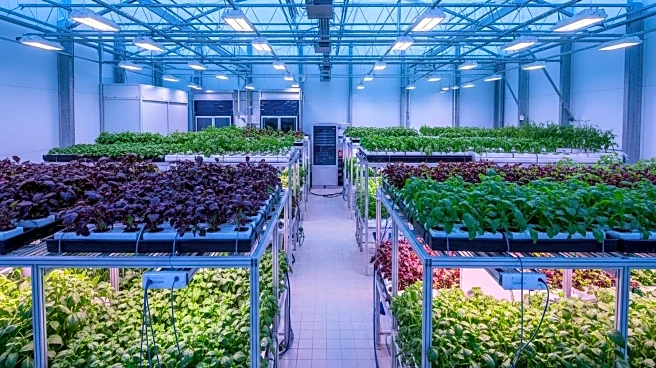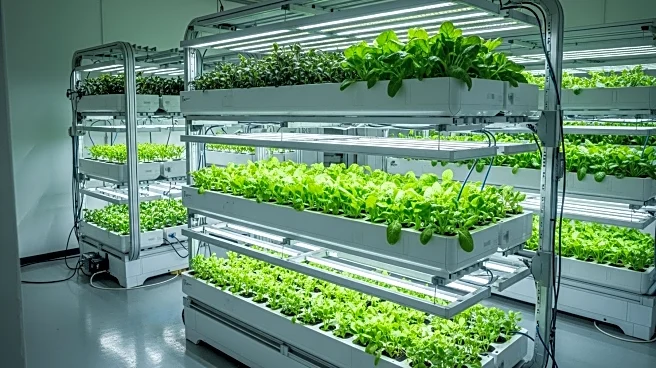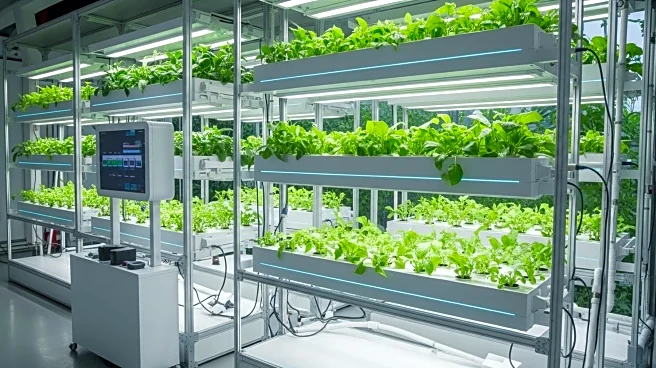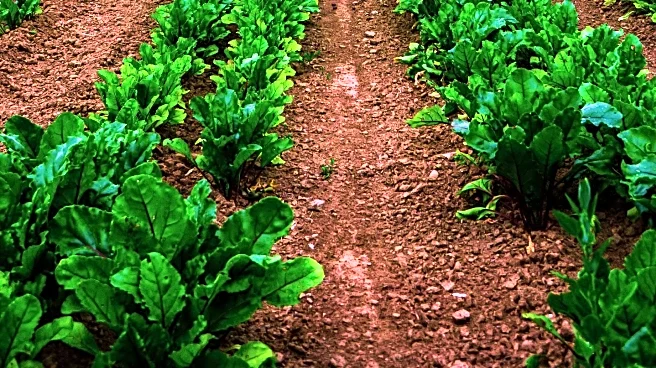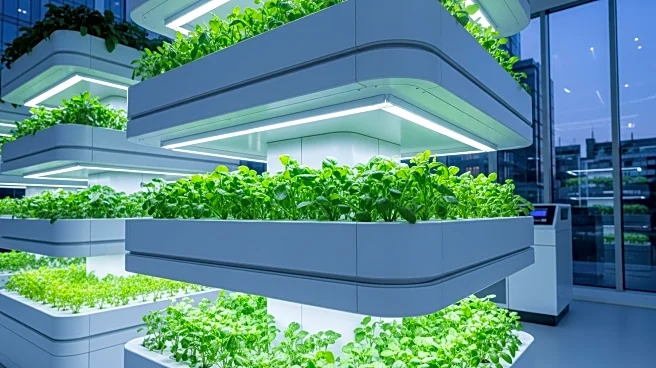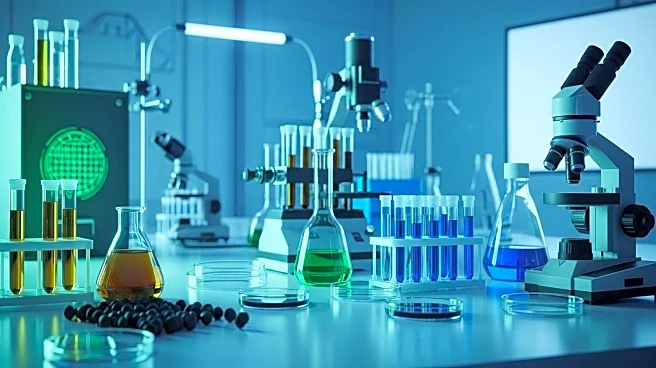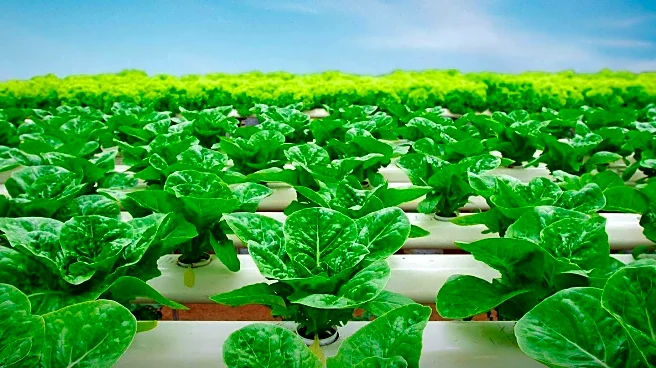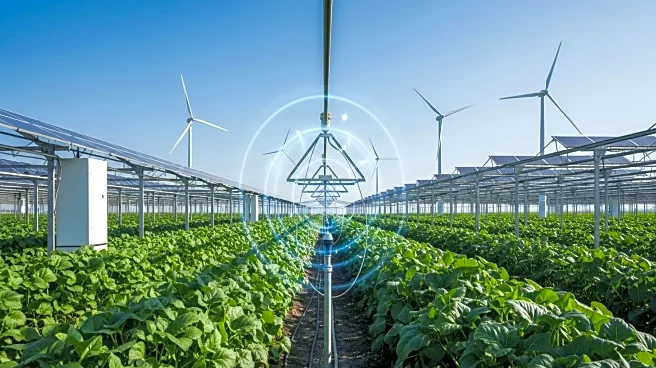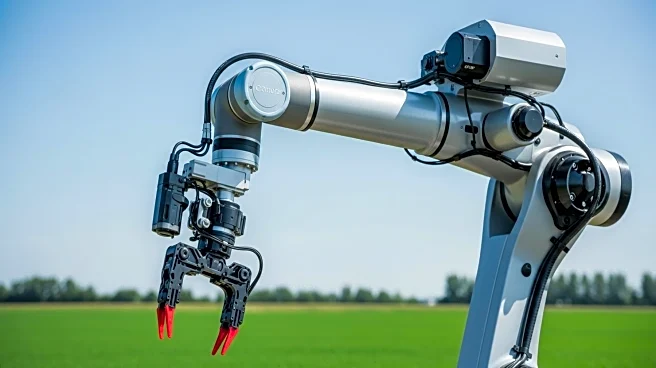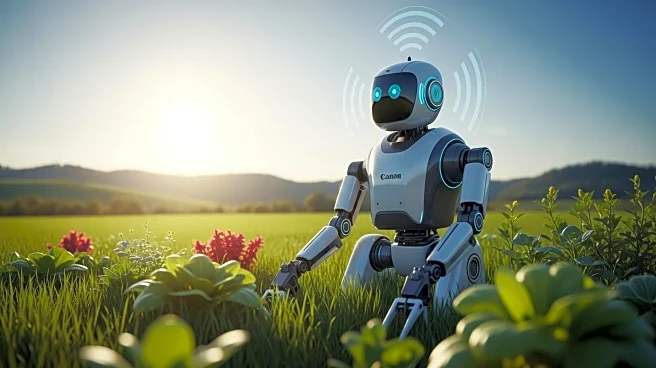What's Happening?
The urban farming market in the United States is experiencing significant growth, driven by advancements in farming technologies such as hydroponics, aeroponics, and aquaponics. The market size increased from $148.24 billion in 2022 to $160.43 billion in 2023, with projections indicating continued expansion. Key players in the industry, including UrbanFarmers AG and AeroFarms, are leading initiatives to connect farmers with consumers and transform urban spaces into productive agricultural areas. The demand for increased food production, as projected by the United Nations' FAO, is fueling the adoption of these technologies, which offer higher yields in shorter periods.
Why It's Important?
The growth of urban farming is crucial in addressing food security challenges posed by a rising global population. By utilizing advanced farming technologies, urban farms can produce food more efficiently, reducing the reliance on traditional agriculture and minimizing environmental impact. This shift not only supports sustainable food production but also promotes local economies and community engagement. As urban farming becomes more prevalent, it could lead to significant changes in food distribution and consumption patterns, benefiting both consumers and producers.
What's Next?
The urban farming market is expected to continue its upward trajectory, with a projected CAGR of 7.6% from 2025 to 2032. As more urban areas adopt these farming practices, there will likely be increased investment in research and development to further enhance efficiency and sustainability. Stakeholders, including policymakers and industry leaders, may focus on creating supportive frameworks to facilitate the growth of urban agriculture, potentially leading to new business models and partnerships.
Beyond the Headlines
Urban farming represents a shift towards more sustainable and localized food systems, which could have long-term implications for environmental conservation and urban planning. It also highlights the potential for innovation in agriculture, encouraging a reevaluation of traditional farming methods and their impact on the planet.

